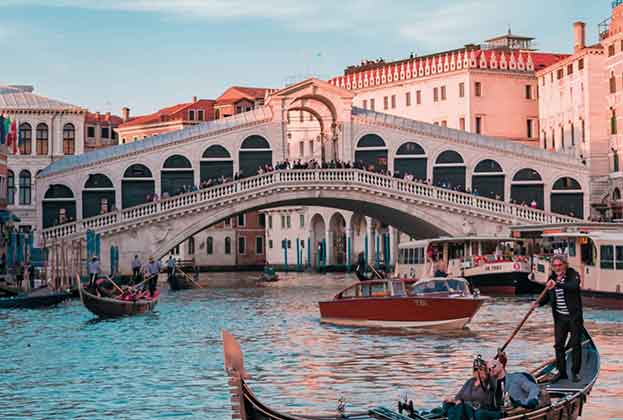2020 saw only a few hotel assets trade in Amsterdam, including the 108-key A'DAM Tower – Sir Adam Hotel and the 53-key the Bridge Hotel. This represented a decline of over 90 per cent on 2019’s volumes, when 12 hotels transacted. 2021 year end volumes will be much improved with investor interest having picked up over recent months and a number of transactions due to close in Q3 and Q4.
One of the reasons for this rebound in investor appetite is that Amsterdam’s hotel demand largely stems from leisure clientele who account for approximately 65 per cent of the beds taken, providing comfort around the long-term fundamentals of this key European gateway market.
As seen in the UK and Germany, the domestic leisure market bounced back before business travel. This bodes well for a city whose primary source of visitors is the domestic market (17.8 per cent). The second largest source of tourists is the UK (15.5 per cent), newly connected by the Eurostar, followed by the US (11.1 per cent) and Germany (10.1 per cent). This combination of domestic and international visitors is a robust formula to aid recovery in the post-pandemic world.
Given that the majority of investors remain positive about a return to international travel, including business travel, over the short to medium term, we are continuing to see strong appetite for prime hotel assets located in the city centre and travel hubs. For example, the EMA (European Medicine Agency), which relocated from London to Amsterdam following Brexit, accounts annually for an estimated 30,000 hotel rooms for meeting attendees.
A further factor making existing hotel assets in Amsterdam so attractive is that the city and regional governments have imposed hotel development restrictions. As a result there are only approximately 2,750 new rooms in the pipeline by 2025, including short stay, and further measures by the municipality to limit Airbnb stays, which are approximately 7 per cent of the current stock. According to Statista data, occupancy levels in the city rose from 74 per cent in 2011 to 82 per cent in 2019, indicating that, once travel restrictions are eased further, new stock will be quickly absorbed by demand.
Based on our own forecasts, the restrictive hotel development policies in Amsterdam may even result in a shortage of hotel rooms from 2023 onwards – yet another reason for investors to make their move now to get a foothold in the Dutch capital’s hotel market.
Further information
Contact Bas Wilberts or Richard Dawes
Spotlight – Hotel Developments in the Netherlands: Bubble or Boost?





.jpg)
.jpg)



